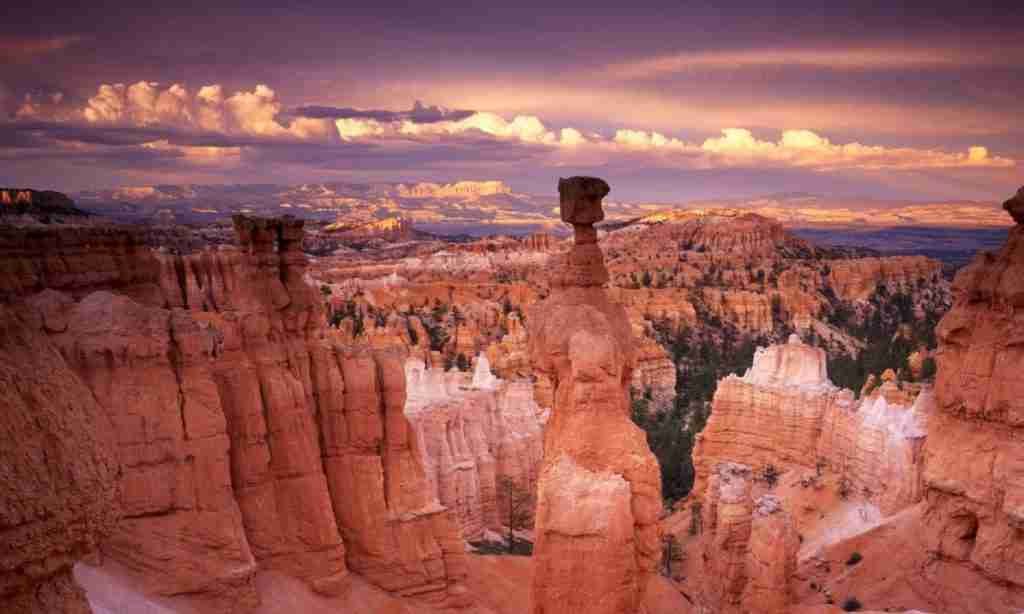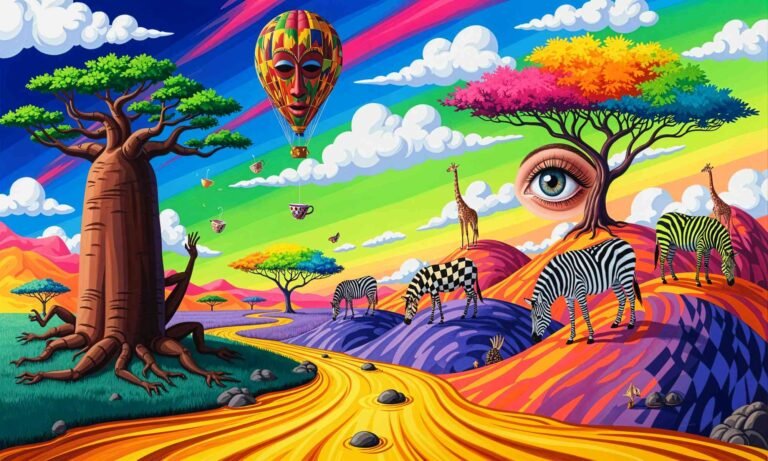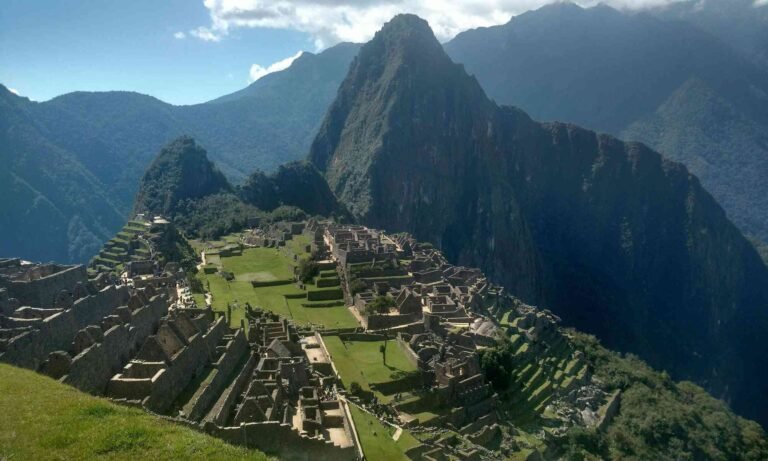Seasons are periods of the year with distinct weather conditions and day lengths. The four seasons – winter, spring, summer, fall (autumn) – can vary significantly in characteristics and can prompt changes in the world around them. Here, we explore the seasons of the year in more detail. Attributes of the seasons may vary by location, but there are still broad definitions that cross most of the boundaries.
Winter
Winter is the coldest season of the year and occurs when a hemisphere is oriented away from the Sun, often bringing a chill. Some areas may experience snow or ice, while others see only cold rain. Animals find ways to warm themselves and may have changed their appearance to adapt.
Summer
In the summer, temperatures may increase to the hottest of the year. If they spike too high, heat waves or droughts may cause trouble for people, animals, and plants. Rainfall may increase in some areas, as well. Others may receive less water, and forest fires may become more frequent.
Spring
In the spring, seeds take root and vegetation begins to grow. The weather is warmer and often wetter. Animals wake or return from warmer climates, often with newborns. Melting snow from the previous season, along with increased rainfall, can cause flooding along waterways.
Fall (Autumn) *
In the autumn, or fall, temperatures cool again. Plants may begin to grow dormant. Animals might prepare themselves for the upcoming cold weather, storing food or traveling to warmer regions. Various cultures have celebrated bountiful harvests with annual festivals.
* = Both ‘autumn’ and ‘fall’ are words used in the English language to describe the season that starts on 1 September in the Northern Hemisphere, with fall being commonly used in American English. The word autumn comes from the old French word ‘autompne’, which itself originated from the Latin ‘autumnus’. The roots of the Latin name are obscure, but it was first recorded in the English language from the late 1300s.
Causes Of Seasons
The cycle of seasons is caused by our planet’s tilt toward the sun. The Earth spins around an (invisible) axis. At different times during the year, the Northern or Southern axis is closer to the sun. During these times, the hemisphere tipped toward the star experiences summer, while the hemisphere tilted away from the sun experiences winter.
At other locations in Earth’s annual journey, the axis is not tilted toward or away from the sun. During these times of the year, the hemispheres experience spring and autumn.

The astronomical definition of the seasons relates to specific points in Earth’s trip around the sun. The summer and winter solstice, the longest and shortest day of the year, occurs when Earth’s axis is either closest or farthest from the sun. The summer solstice in the Northern Hemisphere occurs around June 21, the same day as the winter solstice in the Southern Hemisphere. The South’s summer solstice occurs around December 21, the winter solstice for the North. In both hemispheres, the summer solstice marks the first day of astronomical summer, while the winter solstice is considered the first day of astronomical winter.
Equinoxes are another significant day during Earth’s journey around the sun. On these days, the planet’s axis is pointed parallel to the sun, rather than toward or away from it. Day and night during the equinoxes are supposed to be close to equal. The spring, or vernal, equinox for the northern hemisphere takes place around March 20, the same day as the South’s autumnal equinox. The vernal equinox in the southern hemisphere occurs around September 20, when people in the North celebrate the autumnal equinox. The vernal equinox marks the first day of astronomical spring for a hemisphere, while the autumnal equinox ushers in the first day of fall.
But changes in the weather often precede these significant points. The meteorological seasons focus on these changes, fitting the seasons to the three months that best usher them in. December to February marks meteorological winter in the Northern Hemisphere and meteorological summer in the southern. March, April, and May are lauded as spring or autumn, depending on the location, while June through August are the months of summer for the north and winter for the south. September, October, and November conclude the cycle, ushering in fall in northern regions and spring in southern.
The seasons can bring a wide variety to the year for those locations that experience them in full. The weather in each one may allow people to engage in activities that they cannot perform in others – skiing in the winter, swimming in the summer. Each season brings with it its own potential dangers, but also its own particular brand of beauty.
Mother Nature
Mother Nature (sometimes known as Mother Earth or the Earth Mother) is a personification of nature that focuses on the life-giving and nurturing aspects of nature by embodying it, in the form of the mother.
Omnipotence – Mother Nature can achieve and do absolutely anything without any limit or condition. She possesses all powers and everything beyond her, existing on level inconceivably above / beyond any other power / concept. Hurricanes, droughts, floods, volcanic eruptions are all Mother Nature ‘s way of stirring up the pot to prevent stagnation and putrefaction.
Antonio Lucio Vivaldi
Vivaldi’s Four Seasons are four violin concertos depicting the seasons of spring, summer, autumn, and winter. They are some of the most extravagant examples of music that tells a story (“program music”) from the baroque period. Each concerto is accompanied by a sonnet, possibly written by Vivaldi himself, that describes the scenes and events of each season, adding a literary dimension to the musical experience. These concertos are celebrated for their vivid imagery and technical brilliance, showcasing Vivaldi’s mastery in capturing the essence of each season through music.
Antonio Lucio Vivaldi (4 March 1678 – 28 July 1741) was an Italian composer, virtuoso violinist and impresario of Baroque music. Along with Johann Sebastian Bach and George Frideric Handel, Vivaldi ranks amongst the greatest Baroque composers and his influence during his lifetime was widespread across Europe, giving origin to many imitators and admirers. His innovative compositions, particularly “The Four Seasons,” continue to captivate audiences and shape the landscape of classical music.
What’s More
The posts in My Blog feature reflective, story-driven pieces rooted in personal and societal insights.
The topics in My Interests explore abstract, philosophical ideas and their cultural and societal impact.
👁️ 9,990 Views
















